- Somm
- Rudolf Kelterborn
- Dame Gillian Weir
- De Munt
- Tom and Jerry
- Olwen Fouéré
- Dick Straker
- Acrobat Music
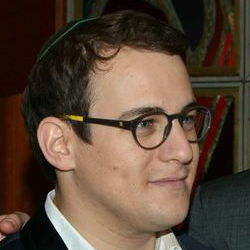 SPONSORED: Ensemble. Melting Rhapsody - Malcolm Miller enjoys Jack Liebeck and Danny Driver's 'Hebrew Melody' recital, plus a recital by David Aaron Carpenter.
SPONSORED: Ensemble. Melting Rhapsody - Malcolm Miller enjoys Jack Liebeck and Danny Driver's 'Hebrew Melody' recital, plus a recital by David Aaron Carpenter.
All sponsored features >>
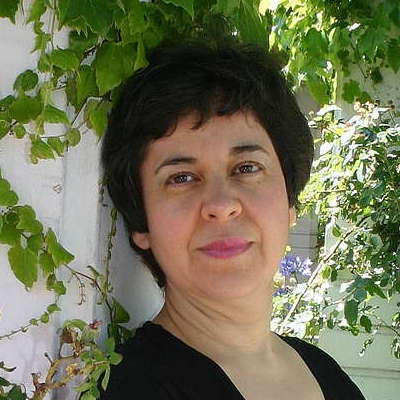 SPONSORED: A Seasoned Champion of New Music. Argentinian-American pianist Mirian Conti in conversation with Andrew Schartmann.
SPONSORED: A Seasoned Champion of New Music. Argentinian-American pianist Mirian Conti in conversation with Andrew Schartmann.
All sponsored features >>
A Revolutionary Score
GIUSEPPE PENNISI was in the audience for Verdi's 'Ernani', back in Rome
The winter season of the Teatro dell'Opera di Roma ended on 3 June 2022, the opening night of Ernani, the fifth opera by a then young Giuseppe Verdi; it had successfully debuted at La Fenice on 9 March 1844, an opera conceived, therefore, for a small theatre. The opera will remain on stage until 11 June.
It is useful to remember what British musicologist Roger Parker wrote; he is a Verdi specialist, distinguished and distant from the 'Italian schools' that often exalt the composer by placing him in a Risorgimento light. Parker notes acutely, that the subject was not chosen by Verdi but by the Teatro La Fenice, on the wave of the great success - European, not only French - of the 'tragedy in five acts' Hernani by Victor Hugo. After Nabucco and I Lombardi alla Prima Crociata, both composed on commission from Teatro alla Scala, Verdi worked for a smaller theatre and on a smaller stage compared to the maximum Milanese scene. Thus, he focused more than on the historical context and the frequent changes of environment, on personal conflicts, carefully controlling the complex sequence of actions necessary to bring the characters to intense confrontations.
This is an aspect on which it would be worth reflecting in a note specifically to the stage direction as well as to the opera's dramaturgy. This involved changes to the stylistic features of the closed number melodrama prevalent in Italy in 1830-40: the solo arias expand and enrich, the duets and trios become more complex, the connections that bind the individual musical numbers become more flexible and less linked to the then prevailing poetics. In this context, Ernani is perhaps the first Verdi opera in which the attention of the composer, who worked a lot on the libretto, focused more on entire scenes than on single 'numbers', the fundamental step that Verdi would reach ten years later with the popular trilogy - Rigoletto, Il Trovatore and Traviata.
There is a great innovation compared to the operatic conventions of the time: the usual brilliant rondo for the first woman - generally, an alto - is replaced by a trio lasting almost half an hour. Ernani quickly became immensely popular. Verdi also revised it, adding an aria with choir at the request of Gioacchino Rossini, as well as a cabaletta. One last essential piece of news to understand the musical content of Ernani: to the traditional triangle tenor, soprano, baritone, Verdi adds a leading role for the chorus, which becomes particularly vibrant in Si ridesti il Leon di Castiglia (which often became Si ridesti il Leon di Venezia after the Second War of Independence). Finally, it should be remembered that around the same time, Vicenzo Bellini was working on a Hernani libretto by Felice Romani, an opera never completed - but there is an excellent CD of the 'fragments' - whose musical styles are very different from those of Verdi.
When he composed the opera, the revolutionary flame burned in Verdi's veins. His rebellion was against the religion of his fathers and ancestors because God Almighty had let his wife and children die in a very short amount of time. His revolt was also against the establishment who did not appreciate at all his out-of-wedlock relationship with soprano Giuseppina Strepponi (who later became his wife). Verdi was not opposed to the Austro-Hungarian domination of much of Northern Italy. In fact, the opera had been commissioned by the Venetian Theatre La Fenice (for as much as 12,000 Austrian lira). The subject had to be revolutionary from the beginning. Verdi and Francesco Maria Piave, author of the libretto, had thought of an opera about Cromwell, from the novel by Walter Scott. Eventually they turned to Victor Hugo's Hernani which, ten years earlier, had been the banner of French Romanticism against traditional neoclassical theatre.
The protagonist, Ernani, is a nobleman who became a bandit, not because he aims for the national unity of Spain in the sixteenth century, but because he wanted his territories to be separated from Spain and the rest of the Holy Roman Empire. In fact, his opponents are Don Carlo, King of Spain, who is about to become Emperor of the entire Holy Roman Empire (as he does in the third act, set in Aachen) and the Portuguese nobleman Don Ruy Gomez de Silva. To make things more complicated – if there was a need for it – both Don Carlo and Don Ruy are attracted to Ernani's woman, Elvira. This mix of politics, power, passion and rebellion is such that personally Verdi followed the preparation of the libretto very much.
As clearly demonstrated by the correspondence analyzed in a brilliant essay by musicologist Daniele Spini, Verdi fought hard (and won the battle) to have the role of Ernani set for a tenor not for an alto (according to the custom of the time). Ernani is the first 'Verdi tenor' with a very clear timbre, a special phrasing and melodious arias to shape the nineteenth-century melodrama. Thus, in 1844, the score was revolutionary as well.
The opera is proposed in the staging - direction, sets and costumes - conceived by Hugo de Ana for co-production with Sydney Opera that inaugurated Teatro dell'Opera di Roma's 2014-15 season, with Riccardo Muti on the podium. Ernani is undoubtedly a work much loved by Riccardo Muti. If I remember correctly, he chose it for his debut at the Maggio Musicale in Florence back in 1972 and proposed it several times at La Scala. Over the years, his approach to the score has also changed, while maintaining a constant: great attention to the 'concertation' of the voices - the four protagonists and the chorus, supporting them with an extremely dynamic rhythmic pulsation, often based on dance themes. This makes it possible to accentuate the work's intimacy. The emphasis shifted from the comparison between the youthful boldness of the protagonist, the maturity of King Charles - Emperor in the third act - and the vengeful rancorous senility of Silva to a more serene (musical) look at the complexity of human relationships. Hugo de Ana's staging shows off magnificent costumes but a grandiose scene - inspired, it seems, by Piranesi - in which the various places of the story are evoked by moving elements of the scenography. This is a choice that partly clashes with the intimacy of the score. In addition, the cumbersomeness of the scene involves two long intervals (of half an hour each) that gave the evening an almost Wagnerian duration.
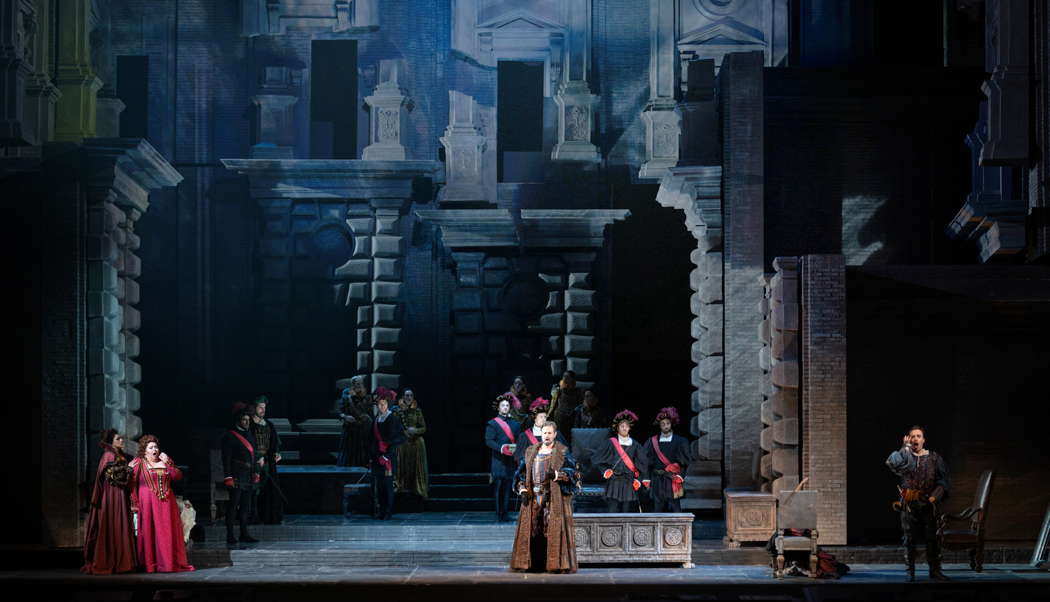
A scene from Verdi's Ernani at Teatro dell'Opera di Roma. Photo © 2022 Fabrizio Sansoni
On the podium, Marco Armiliato offers a punctual and precise reading that gives dilated times in the second act and the opportunity to make echoes as well of Donizetti and Rossini in the musical writing of the thirty-year-old Giuseppe Verdi.
This is a production of Ernani not to be missed, especially for the voices. Francesco Meli (Ernani) had sung the title role in 2014, when he went from the Mozart roles that had characterized his early career to become the most appreciated Verdi tenor, especially now that Jonas Kaufmann is beginning to feel the weight of the years. He has overcome the aftermath of COVID, which still afflicted him in the recent Un ballo in maschera at La Scala. His singing is perfect, with beautiful treble and legato. Perfect setting from the cavatina in double air format to the andante of the second act up to Ferma, Crudel, Estinguere in the last act. He is a consummate actor in the stage action.
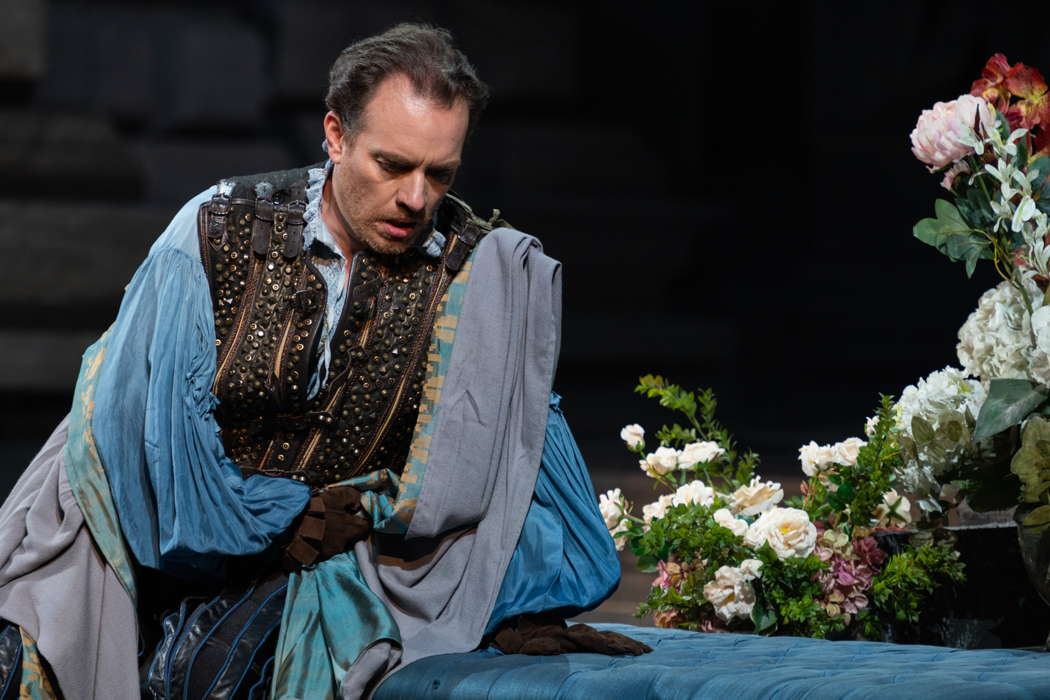
Francesco Meli in the title role of Verdi's Ernani at Teatro dell'Opera di Roma. Photo © 2022 Fabrizio Sansoni
Elvira was one of Dame Joan Sutherland's favourite roles. Angela Meade is a well-known American soprano whose repertoire ranges from bel canto to verismo. She has a voice that, as once was said, 'makes the chandeliers tremble'.
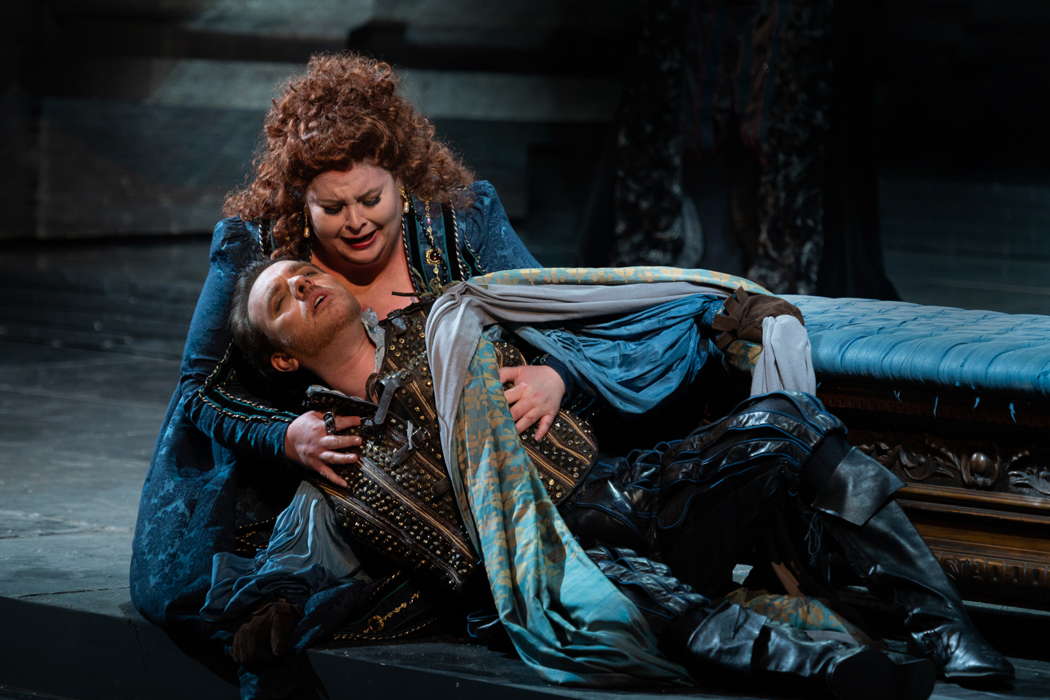
Angela Meade as Elvira and Francesco Meli in the title role of Verdi's Ernani at Teatro dell'Opera di Roma. Photo © 2022 Fabrizio Sansoni
I felt that she was at ease in the andantino of the cavatina Ernani Involami and in all the ornamental vocalizations that follow it. She exploded in all her vocal abilities in the finale, when her duet with Ernani became a trio with Don Ruy (Evgeny Stavinsky), a veritable profusion of melodic ideas in which Meli and Meade's lyricism confronts Stavinsky's grave dissonance.
Ludovic Tézier is perhaps the best French baritone now available: he excelled in O' De' Verd'anni Miei: this is the Act III aria that is the drama's turning point. In the aria, he was able to express the extreme change of atmosphere — from gloomy memories to the newfound strength and wide range of expression.
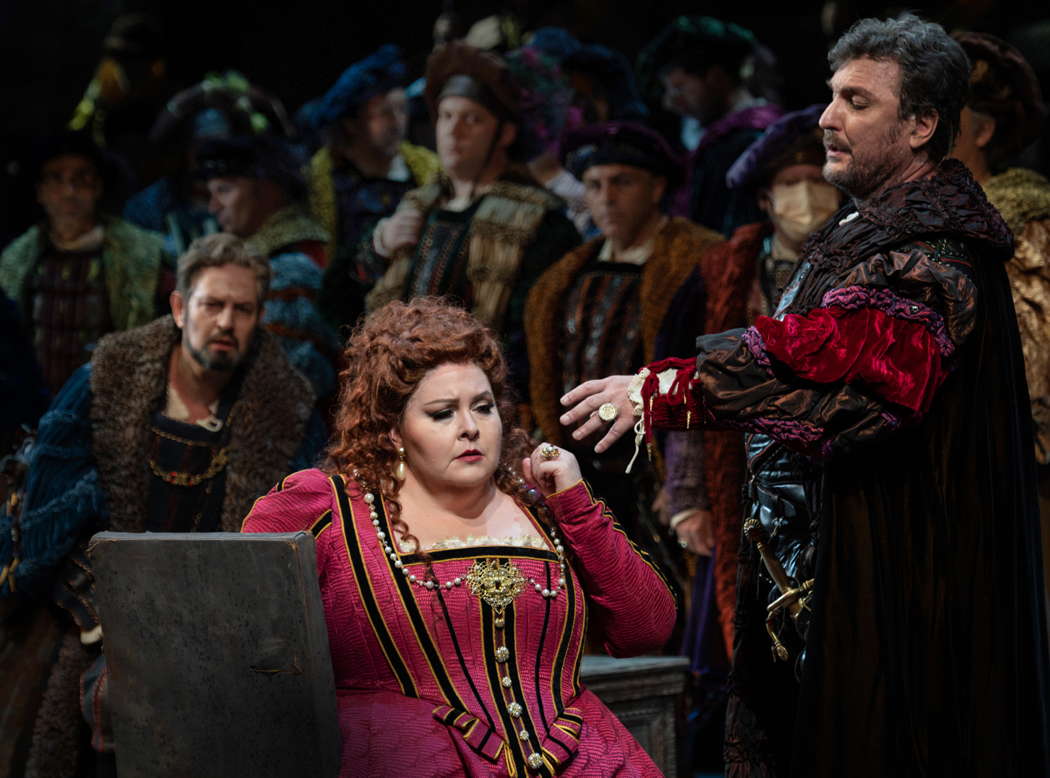
Angela Meade as Elvira, Ludovic Tézier as Don Carlo and Evgeny Stravinsky as De Silva in Verdi's Ernani at Teatro dell'Opera di Roma. Photo © 2022 Fabrizio Sansoni
The fifth protagonist is the chorus, prepared by Roberto Gabbiani. Less nourished than usual (due to retirements and hiring blocks), however, it has dimensions similar to those that the chorus of La Fenice was supposed to have in 1844, and was very much applauded, although he did not encore Si ridesti il Leon di Castiglia, as in 2014.
Copyright © 5 June 2022
Giuseppe Pennisi,
Rome, Italy



